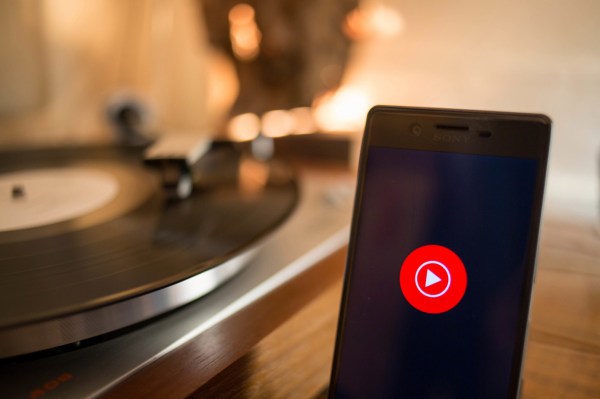YouTube will no longer allow paid views and advertising to influence its YouTube Music Charts, the company announced this morning. Instead, it will calculate its rankings based only on view counts coming from organic plays. In addition, it’s changing its methodology for reporting on 24-hour record debuts to also only count views from organic sources, including direct links to the video, search results, Watch Next and Trending — but not video advertising.
The changes come about after multiple reports examined how music labels were spending aggressively on video advertising in order to juice the views of their artists’ newly debuted songs.
One report by Rolling Stone detailed how the practice worked, with regard to YouTube’s TrueView ads. This form of advertising lets the advertiser, like the artist or the label, play a shortened version of a music video as an advertisement in front of other videos. Under some conditions — like if a YouTube user interacts with the video or watches it for a certain amount of time — it would count toward the video’s overall view count.
Bloomberg had also reported on the curious case of Indian rapper Badshah, whose video “Paagal” broke records with 75 million views in a single day — topping a prior record set by Korean boy band BTS. Initially, there were rumors that the label, Sony Music, had used server farms and bots to accomplish this. It later turned out to be paid advertising, which Badshah confessed to on Instagram.
But this was not an uncommon practice — Taylor Swift and Blackpink and many others had done the same, the report said. Badshah had just taken it much further.
The report also said YouTube was considering revising its system, as a result.
Today, YouTube is officially announcing those changes.
“YouTube Music Charts have become an indispensable source for the industry and the most accurate place for measuring the popularity of music listening behavior happening on the world’s largest music platform,” the company explained in a blog post. “In an effort to provide more transparency to the industry and align with the policies of official charting companies such as Billboard and Nielsen, we are no longer counting paid advertising views on YouTube in the YouTube Music Charts calculation. Artists will now be ranked based on view counts from organic plays,” the post read.
The changes impact the 24-hour debuts, plus all of YouTube Music’s other charts, including those focused on what’s rising, trending and popular, both locally and globally.
Though advertising and non-organic views will no longer contribute to the view count for the purpose of YouTube’s Music Chart rankings, the company says these changes will not impact YouTube’s existing 24-hour record debut holders. That means they can continue to tout their “records,” tainted as those claims may now be.
The changes won’t likely mean the end of this sort of music video advertising, however. Ads still remain a great way for users to be exposed to new music which can, in turn, boost organic views as links get clicked, shared, and embedded elsewhere around the web, for example. But it could have a dampening impact on the pay-for-play business and the size of the ad spend.
“Staying true to YouTube’s overall mission of giving everyone a voice and showing them the world, we want to celebrate all artist achievements on YouTube as determined by their global fans. It’s the artists and fans that have made YouTube the best and most accurate measure of the world’s listening tastes, and we intend on keeping it that way,” said YouTube.
